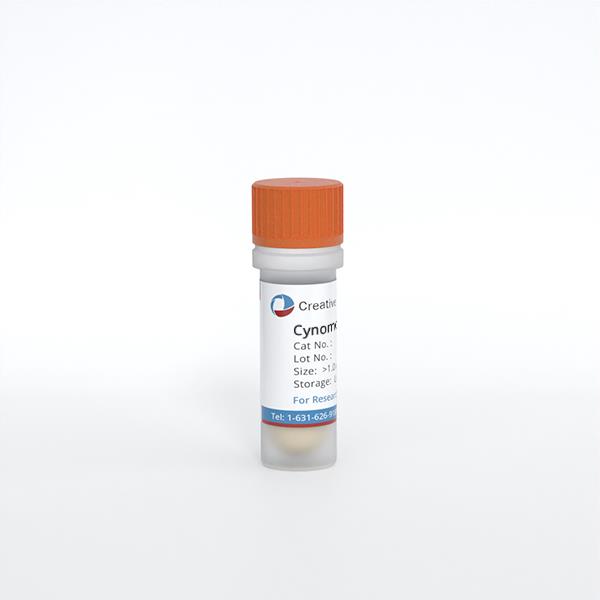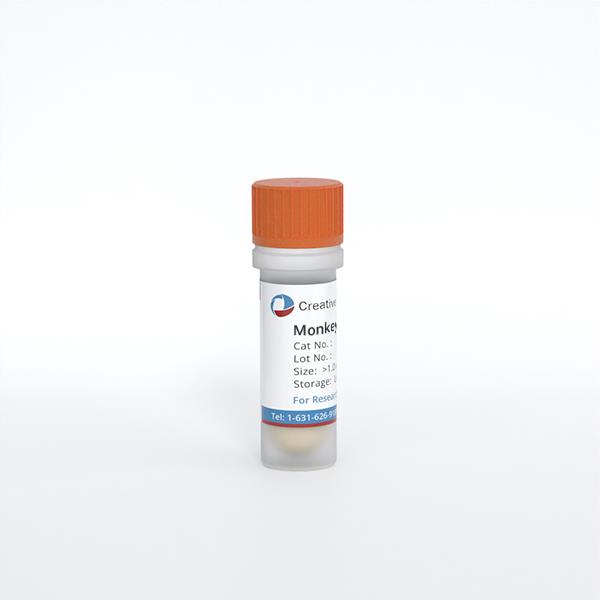Featured Products
Hot Products
ONLINE INQUIRY

Cynomolgus Monkey Dermal Lymphatic Endothelial Cells
Cat.No.: CSC-C8441W
Species: Monkey
Source: Dermis; Skin
Cell Type: Endothelial Cell
- Specification
- Q & A
- Customer Review
Cat.No.
CSC-C8441W
Description
Cynomolgus Monkey Dermal Lymphatic Endothelial Cells from Creative Bioarray are isolated from Cynomolgus monkey skin tissue. Monkey Dermal Lymphatic Endothelial Cells are grown in T25 tissue culture flasks pre-coated with gelatin-based solution for 2 min and incubated in Creative Bioarray’ Culture Complete Growth Medium generally for 3-7 days. The method we use to isolate endothelial cells was developed based on a combination of established and our proprietary methods. These cells are pre-coated with LYVE1 antibody, following the application of magnetic beads pre-coated with secondary antibody.
Species
Monkey
Source
Dermis; Skin
Cell Type
Endothelial Cell
Disease
Normal
Quality Control
Cynomolgus Monkey Dermal Lymphatic Endothelial Cells from Creative Bioarray display typical cobblestone with large dark nuclei appearance under light microscopy. Cells are tested for expression of endothelial cell marker using antibody CD31 (Catalog No. ab9498, Abcam), VE-cadherin Antibody (Catalog No. sc-28644, Santa Cruz), or VE-cadherin (Catalog No. ALX-210-232-C100, Enzo Life Sciences, Inc.) by immunofluorescence staining or FACS, or LYVE-1 (Catalog No. Ab14917, Abcam) by immunofluorescence staining. Cells are negative for bacteria, yeast, fungi and mycoplasma. Cells can be expanded on a plate ready for experiments under the cell culture conditions specified by Creative Bioarray. Repeated freezing and thawing of cells is not recommended.
Storage and Shipping
Creative Bioarray ships frozen cells on dry ice. On receipt, immediately transfer frozen cells to liquid nitrogen (-180 °C) until ready for experimental use. Live cell shipment is also available on request.
Never can primary cells be kept at -20 °C.
Citation Guidance
If you use this products in your scientific publication, it should be cited in the publication as: Creative Bioarray cat no. If your paper has been published, please click here to submit the PubMed ID of your paper to get a coupon.
Ask a Question
Write your own review
Related Products


